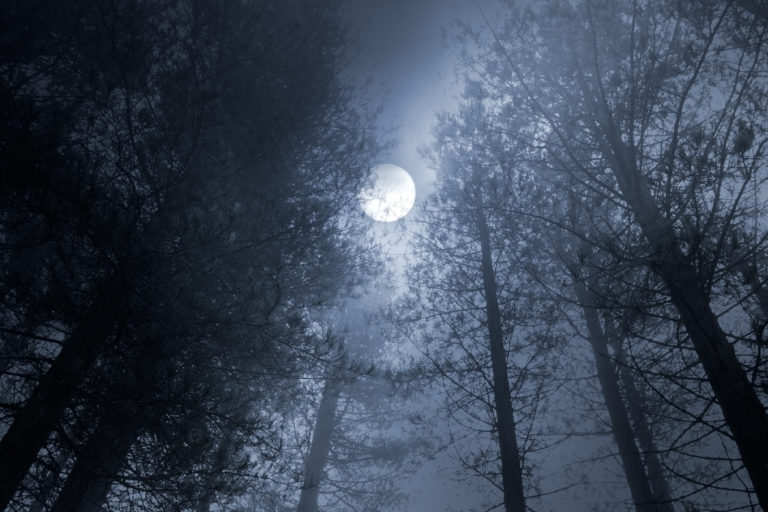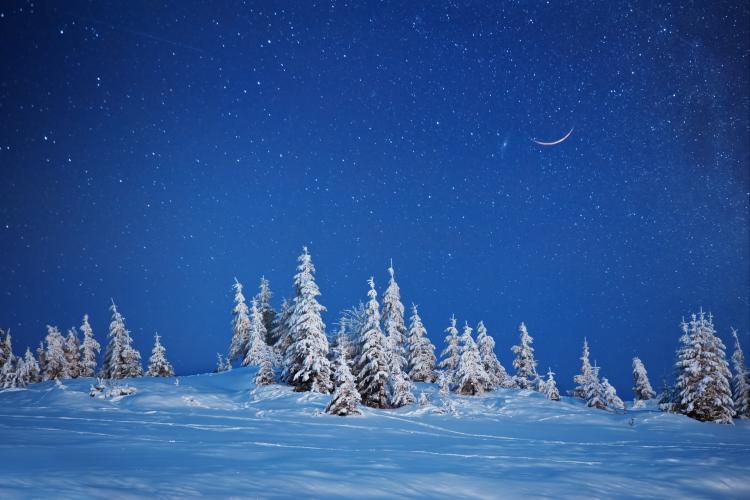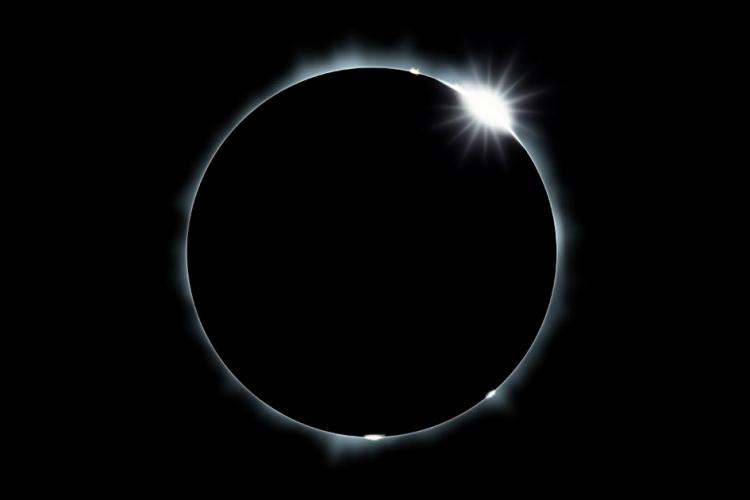The Black Moon. sounds so ominous, like it should be the name of a pirate ship at the very least! Howsoever there seem to be some interesting ideas swirling around this perfectly natural occurrence. You know the usual stuff, like the world is going to end, the sun will never rise again, people will go to bed belonging to one gender and wake up belonging to the other; now that could be difficult. Fish will walk across the land, is tis the origin of the Urban Legend of 'land sharks'?
I have decided to post some science stuff, because though accept that this is a Celestially significant occurrence, and a natural wonder, I will have to rely on the magic of my internet machine to see it because the sky is overcast, OK socked in with clouds. Ratz double Ratz!!!! I probably shouldn't have used and expression that could turn into another Urban Legend.
So I will go to bed tonight and look forward to seeing videos and pictures of the Black Moon on my internet machine, or lasting long enough to see the next one which is in 2033. Sigh!
Pink Floyd rules!!!
vmmmmm
v
g

What Is a Black Moon?
There are several definitions of a Black Moon. One of them is the 2nd New Moon in the same month, which happens in September or October 2016, depending on where you are.

The first days after a New Moon.
A Waxing Crescent Moon is visible the first days after a New Moon.
©bigstockphoto.com/mr. Smith
No Single Definition
There is no single accepted definition of a Black Moon. The term has been commonly used to refer to any of the following phenomena associated with the New Moon:- 2nd New Moon in a calendar month: These Black Moons are the most common ones, and they occur about once every 29 months. Because of time zone differences, the month they happen in can vary, like the Black Moon in September 2016 (US) or October 2016 (UK).
- 3rd New Moon in a season of 4 New Moons: These Black Moons are a little rarer, and occur about once every 33 months. Astronomers divide a year into 4 seasons - spring, summer, fall (autumn), and winter. Usually, each season has 3 months and 3 New Moons. When a season has 4 New Moons, the 3rd New Moon is called a Black Moon. This is the exact counterpart to the original definition of a Blue Moon, except that Blue Moons are Full Moons.
- A calendar month without a New Moon: About once every 20 years, the month of February does not have a New Moon. This can only happen in February, as this is the only month which is shorter than 1 lunation. When this occurs, both January and March will have 2 New Moons, instead of the usual 1 New Moon. The next Black Moon by this definition will occur in 2033, while the last one was in 2014.
- A calendar month without a Full Moon: About once every 20 years, February does not have a Full Moon. Instead, January and March have 2 Full Moons each. The next Black Moon by this definition will occur in 2018, while the last one was in 1999.
Invisible New Moon
New Moon is the moon phase when none of the Moon's surface is illuminated and we cannot see the Moon at all from Earth.However, 2–5 times a year, the New Moon comes between Earth and the Sun, causing a solar eclipse. The New Moon, or at least a part of it, is then visible as a silhouette in front of the Sun.
Great American Eclipse

This particular Black Moon is the 3rd New Moon in a season with 4 New Moons, which makes it rare combination.
It will be visible, weather permitting, in a path spanning all across the United States from the East Coast to the West Coast, which has earned it the nickname the Great American Eclipse.
What will the Great American Eclipse look like where you are?


